Multi-Frame Chart Analysis: Improve Your Trading (2025)
Updated: 21.03.2025
Multi-frame analysis of charts in trading: how to analyze charts and trade on multiple time frames (2025)
Multiframe chart analysis is a “science” that allows you to analyze the same asset on several time frames simultaneously. What is it for? To fully understand the market situation.
Many traders (including me) really like to sit on one time frame and look at only one chart. In general, this does not cause any serious problems, especially if all transactions are opened for up to 30 minutes. I opened the M1 chart, found strong level of support and resistance , opened a deal and wait for profit. And what’s the fun in analyzing several time frames of one asset?!
It is clear that everything depends on the experience of the trader and his trading strategy - many (almost all) trading systems are designed for a specific time frame, which means there is no point or desire to switch between timeframes. And yet, multiframe analysis is a useful thing.
Let's take EUR/USD - a very popular asset that is traded by all (or almost all) traders. On the H1 time frame (1 hour) we see an upward trend: And on M1 (1 minute) we have a sideways movement formed after a sharp drop in price: And where should we expect a breakout of the consolidation zone? If down, how long will the fall last? Most likely, it will reach the trend line, and then the price will go up. If the breakout goes up, then why? Because, despite the M1 chart, we are now in an upward trend.
- Wait, what other trend line?!
- This trend line, dear friend: And you sit and think what is going on here and why some line there, located who knows where (far) from the current value can “pull” the price, and that it is from this line that you should expect a price reversal upward.
Here it is, multi-frame analysis of charts in all its glory - we looked at higher time frames to determine the general trend, and on lower time frames we looked at everything “under a microscope” to open a delicate transaction.
Everything should come down to income. Do you manage to trade with comfort and understanding of the situation, while at the same time becoming a profit? Great! This is the time frame you need. But what if you are a novice trader and have just gained experience in pressing buttons to open trades? There is no knowledge in technical analysis, but something multi... remote... frame causes fear, misunderstanding and despair - what to do in such a situation?
Here are a few questions to ask yourself:
The correct answers to the questions above will be:
And you don’t need to look at other traders! For example, I am a very lazy person and “hardly” allocate an hour a day for trading. Of course, I want to spend this hour with maximum benefit and trade on M1 charts with a closing time of 3-5 minutes. But this is me – a person who has been familiar with trading since 2011! I can afford it, and I already have the necessary experience. You shouldn’t overestimate your strength, so trades for 15 minutes or more are your habitat for the near future. Don’t forget that risks have not been canceled!
But the process of opening transactions for the same 15 minutes can be made convenient and comfortable. Nobody forbids you to launch the MT4 terminal (Meta Trader 4) and open charts of one asset with time frames M1, M15, M30, H1: And here we see the full picture of the market, even if it differs from each other (but this is even to our advantage):
On the other hand, having set support and resistance levels on such charts, you can notice one interesting detail - strong reversal models of technical analysis are formed at these levels. which are very profitable to use in trading: The disadvantages of long-term time frames are that not all brokers allow you to open trades at the end of the week or for a couple of days, but if you are interested in this opportunity, I can recommend the broker IQ Option.
If we talk about brokers, then this is still the same Intrade Bar and Binarium. You can also add Pocket Option here, but it is better to delay transactions for at least 5 minutes due to its peculiarities quote provider.
Let’s take the same long-suffering asset EUR/USD on the M30 time frame: On the chart, a downward trend is replaced by an uptrend. By the way, the moment of trend change is Double Bottom figure ( reversal pattern of technical chart analysis). Based on this chart, we can make only one assumption - the upward trend will continue! Is it really? The upward trend ended with the “Triple Top” figure - the figure is not entirely obvious, but all the peaks abut the resistance zone, after which the price reversal occurred. The price rolled back to a local minimum, at which a “Double Bottom” formed - did a flat pattern begin to form? The support level is strong, so it is logical to expect a price increase. So, wait, where is the upward movement? Why does the downward trend continue if it should have hit a strong support level?! And the answer is very simple, if you look at it from the “right angle”: On the H4 time frame, this situation no longer seems strange - a double top has formed after an uptrend, but how is a “Double Top” traded? Let me remind you:
So, before you start trading, you should look at the global situation of the asset - what if a “Double Top” has formed there, and you are going to open up from the support level?!
Should I use this type of additional analysis or not? Rather yes than no! There is definitely no harm from it, but there is some benefit - a carriage and a small cart! But analyzing several time frames at once is very unprofitable in terms of time and effort - trading on several different assets disappears immediately, because You can’t keep track of everything.
On the other hand, no one canceled pending transactions (for example, broker Pocket Option has such) - I analyzed the market, placed trades that would work later, and went to “torment” another asset. There would be a desire to do all this, but there will always be ways to make money.
Many traders (including me) really like to sit on one time frame and look at only one chart. In general, this does not cause any serious problems, especially if all transactions are opened for up to 30 minutes. I opened the M1 chart, found strong level of support and resistance , opened a deal and wait for profit. And what’s the fun in analyzing several time frames of one asset?!
It is clear that everything depends on the experience of the trader and his trading strategy - many (almost all) trading systems are designed for a specific time frame, which means there is no point or desire to switch between timeframes. And yet, multiframe analysis is a useful thing.
Let's take EUR/USD - a very popular asset that is traded by all (or almost all) traders. On the H1 time frame (1 hour) we see an upward trend: And on M1 (1 minute) we have a sideways movement formed after a sharp drop in price: And where should we expect a breakout of the consolidation zone? If down, how long will the fall last? Most likely, it will reach the trend line, and then the price will go up. If the breakout goes up, then why? Because, despite the M1 chart, we are now in an upward trend.
- Wait, what other trend line?!
- This trend line, dear friend: And you sit and think what is going on here and why some line there, located who knows where (far) from the current value can “pull” the price, and that it is from this line that you should expect a price reversal upward.
Here it is, multi-frame analysis of charts in all its glory - we looked at higher time frames to determine the general trend, and on lower time frames we looked at everything “under a microscope” to open a delicate transaction.
Contents
- The best time frame of price charts for trading and making money
- Long-term time frames for trading
- Medium-term time frames for trading
- Short-term time frames in trading
- Different time frames for trading - why are they needed and what are the benefits of them
- Practice of using multi-frame analysis in trading
- Three best time frames for chart analysis
- Multiframe analysis: summary
The best time frame of price charts for trading and making money
The best time frame for trading is different for everyone, as are their tastes. It seems that everyone eats the same dumplings, but some are delighted with them, and others, once again, reminded themselves why they don’t like them. It’s the same in trading – there are a lot of questions about the best time frames, but there is no universal answer and there never will be.Everything should come down to income. Do you manage to trade with comfort and understanding of the situation, while at the same time becoming a profit? Great! This is the time frame you need. But what if you are a novice trader and have just gained experience in pressing buttons to open trades? There is no knowledge in technical analysis, but something multi... remote... frame causes fear, misunderstanding and despair - what to do in such a situation?
Here are a few questions to ask yourself:
- How much time am I willing to spend on trading (market analysis)?
- How many trades do I want to open per day to gradually gain experience?
The correct answers to the questions above will be:
- I am willing to spend several hours a day analyzing markets. This is necessary so that the trader does not trade in a tired state.
- Number of transactions per day – 3-10 (depending on the market situation)
- Will the price go far from the opening level?
- How is the price formed and why is it formed this way?
- Real-time price movement - what information can I get from my observations?
And you don’t need to look at other traders! For example, I am a very lazy person and “hardly” allocate an hour a day for trading. Of course, I want to spend this hour with maximum benefit and trade on M1 charts with a closing time of 3-5 minutes. But this is me – a person who has been familiar with trading since 2011! I can afford it, and I already have the necessary experience. You shouldn’t overestimate your strength, so trades for 15 minutes or more are your habitat for the near future. Don’t forget that risks have not been canceled!
But the process of opening transactions for the same 15 minutes can be made convenient and comfortable. Nobody forbids you to launch the MT4 terminal (Meta Trader 4) and open charts of one asset with time frames M1, M15, M30, H1: And here we see the full picture of the market, even if it differs from each other (but this is even to our advantage):
- We have consolidation on M1
- M15 indicates a long side channel
- M30 indicates that the price, having been in one flat pattern, broke through it upward and formed a new flat pattern
- H1 tells us about an upward trend
- Charts M15 and M30 indicate the lower boundary of the current sideways trend
- The general trend (according to H1) is upward
- The chart on M1, for the last time, fell off the level for more than an hour
Long-term time frames for trading
Long-term time frames are monthly, weekly and daily time frames. Personally, I see them only as an auxiliary function, and only if trading on the H1 or H4 time frames.On the other hand, having set support and resistance levels on such charts, you can notice one interesting detail - strong reversal models of technical analysis are formed at these levels. which are very profitable to use in trading: The disadvantages of long-term time frames are that not all brokers allow you to open trades at the end of the week or for a couple of days, but if you are interested in this opportunity, I can recommend the broker IQ Option.
Medium-term time frames for trading
Medium-term time frames are time frames H1 and H4 (hourly time frames). They are great for determining the overall market trend for intraday trading: On such time frames it is convenient to make forecasts for the end of the day. If we talk about brokers that allow you to trade like this, I can recommend Intrade Bar.Short-term time frames in trading
Short-term time frames in trading - time frames from M1 to H1. As a rule, these time frames are the most popular, as they allow making forecasts for a fairly short period of time. For these time frames, our website contains a huge number of trading strategies and trading systems. Advantages of trading on short-term time frames:- Lots of trading signals
- Quickly receive trading results
- Trading “under a microscope” - the ability to open more accurate trades
If we talk about brokers, then this is still the same Intrade Bar and Binarium. You can also add Pocket Option here, but it is better to delay transactions for at least 5 minutes due to its peculiarities quote provider.
Different time frames for trading - why are they needed and what are the benefits of them
Why even look at different time frames and why are they needed in trading? Let's understand it with a clear example.Let’s take the same long-suffering asset EUR/USD on the M30 time frame: On the chart, a downward trend is replaced by an uptrend. By the way, the moment of trend change is Double Bottom figure ( reversal pattern of technical chart analysis). Based on this chart, we can make only one assumption - the upward trend will continue! Is it really? The upward trend ended with the “Triple Top” figure - the figure is not entirely obvious, but all the peaks abut the resistance zone, after which the price reversal occurred. The price rolled back to a local minimum, at which a “Double Bottom” formed - did a flat pattern begin to form? The support level is strong, so it is logical to expect a price increase. So, wait, where is the upward movement? Why does the downward trend continue if it should have hit a strong support level?! And the answer is very simple, if you look at it from the “right angle”: On the H4 time frame, this situation no longer seems strange - a double top has formed after an uptrend, but how is a “Double Top” traded? Let me remind you:
- A horizontal support level is drawn through the depression formed between two peaks
- We wait for the breakdown of this level and open a bearish trade
So, before you start trading, you should look at the global situation of the asset - what if a “Double Top” has formed there, and you are going to open up from the support level?!
Practice of using multi-frame analysis in trading
I hope you have already realized the beauty of multi-frame chart analysis:- Older time frames indicate the global situation
- Junior TFs show the situation “under a microscope” and allow you to find a more accurate entry point
- The red candle closed BEYOND the border of the Bollinger Bands, and the next candle began to form outside the channel
- The last candle formed at the very bottom of a local downward impulse. There is empty space on the left, and the candle has a small body and a long shadow below - this is Pinocchio! (reversal model)
Three best time frames for chart analysis
If we talk about combinations of time frames for multi-frame analysis, then traders have long noticed combinations that best allow them to understand the situation on the market and make the right decision. Let me remind you:- Higher time frames are needed to understand the global picture
- Average TFs allow you to assess the situation more accurately and see the “nuances”
- Low time frames are needed to find the exact point of opening a trade
- M1, M5, M30
- M1, M5, M15
- M5, M30, H4
- M15, M30, H1
- M15, H1, H4
- H1, H4, D1
- H4, D1, W1
Multiframe analysis: summary
Multiframe analysis is an additional tool for a trader, which saves him from many mistakes of “higher time frames”, and also allows him to more accurately determine the entry point on lower time frames.Should I use this type of additional analysis or not? Rather yes than no! There is definitely no harm from it, but there is some benefit - a carriage and a small cart! But analyzing several time frames at once is very unprofitable in terms of time and effort - trading on several different assets disappears immediately, because You can’t keep track of everything.
On the other hand, no one canceled pending transactions (for example, broker Pocket Option has such) - I analyzed the market, placed trades that would work later, and went to “torment” another asset. There would be a desire to do all this, but there will always be ways to make money.

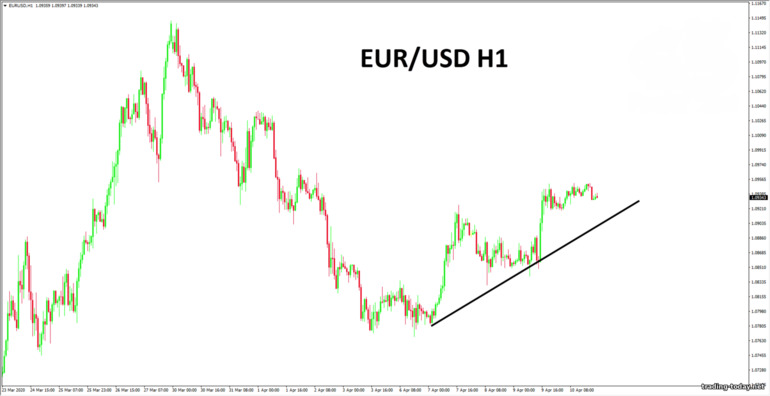
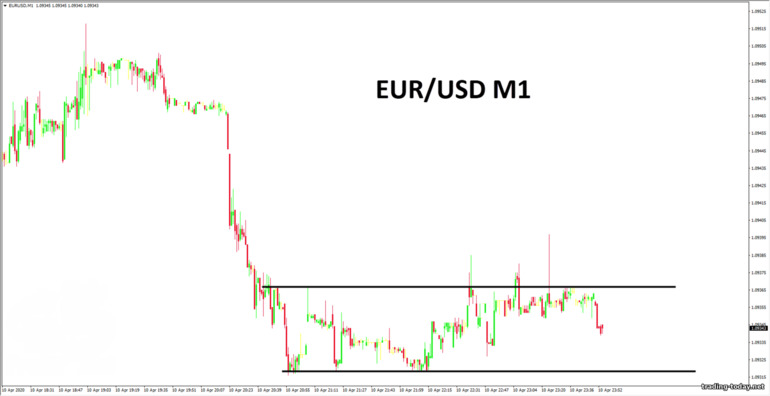
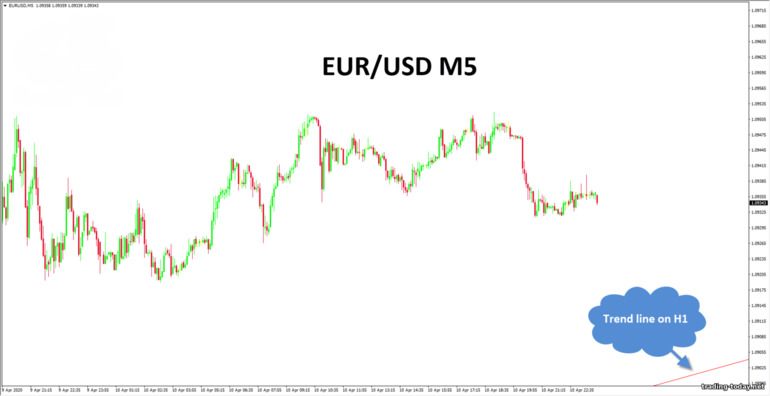
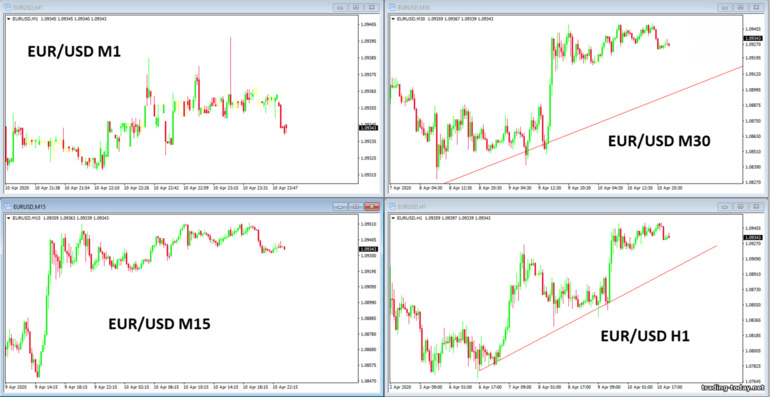
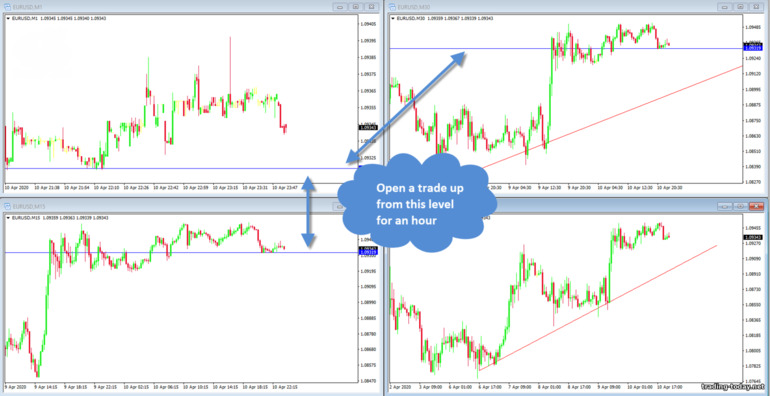
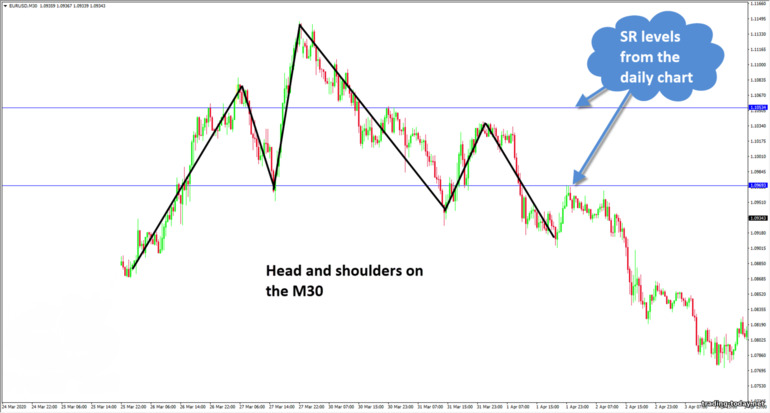
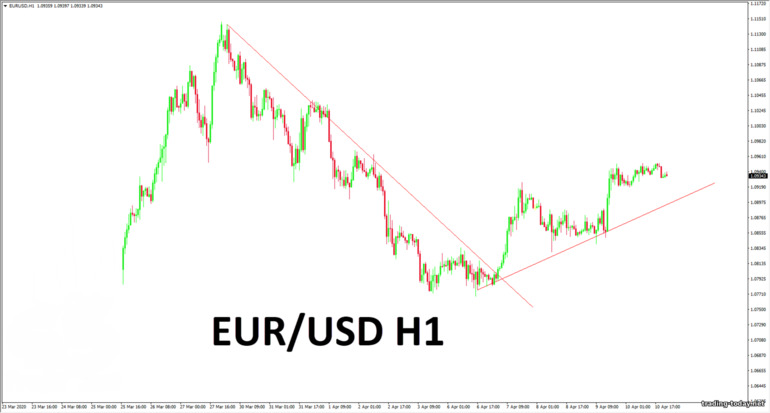
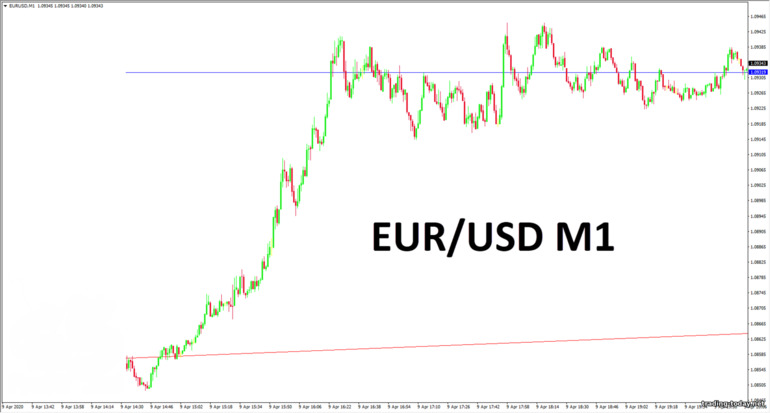
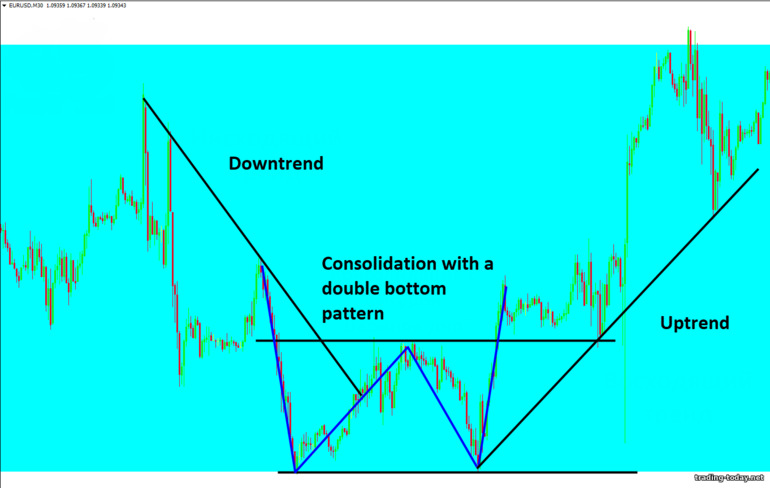
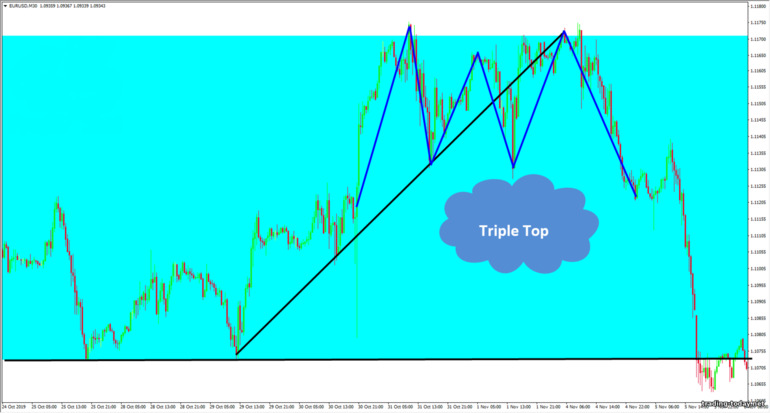
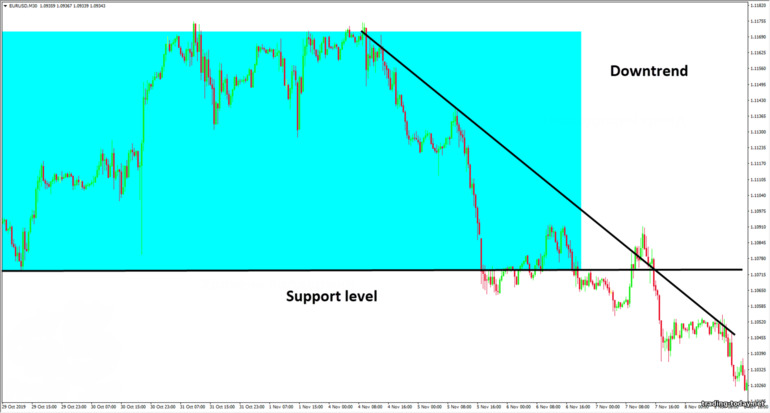
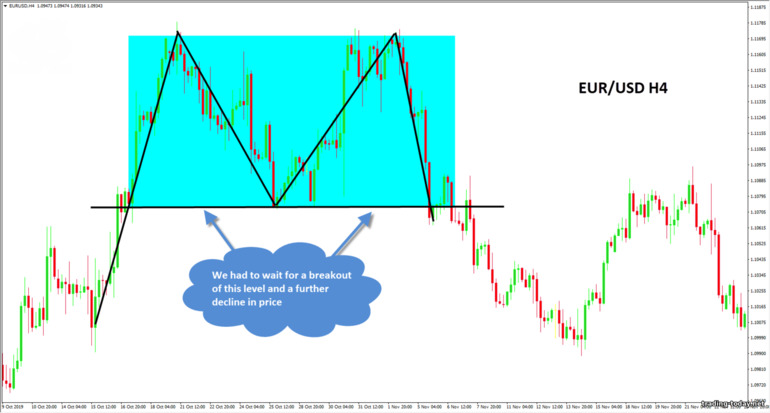
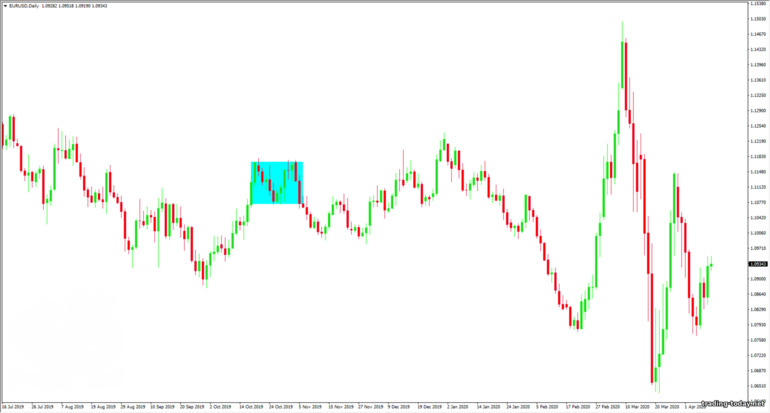
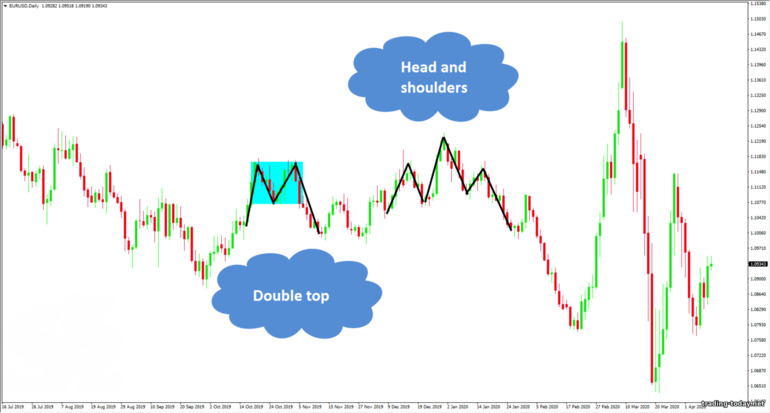
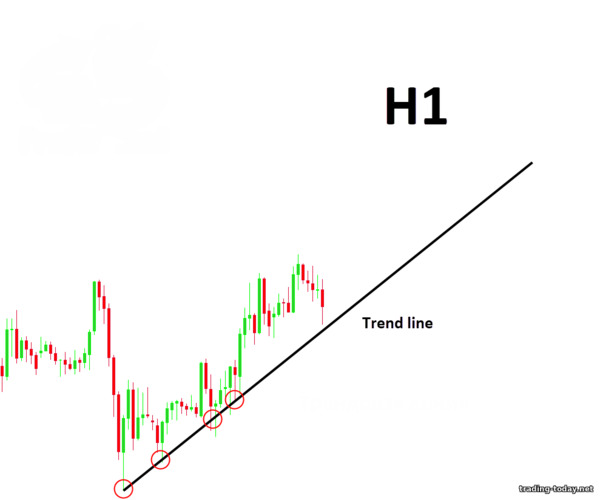
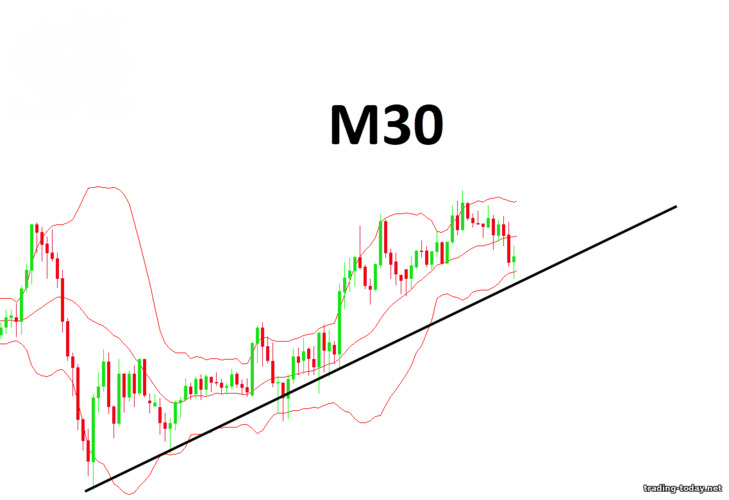
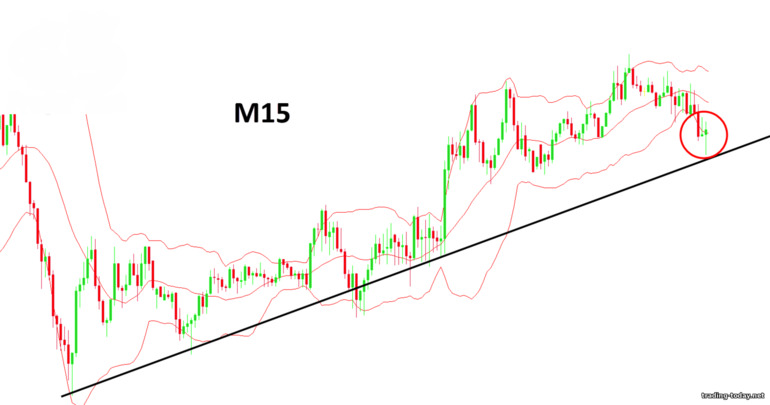
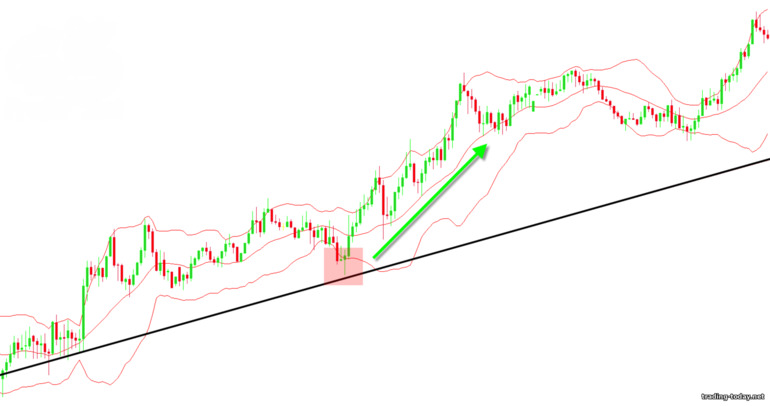


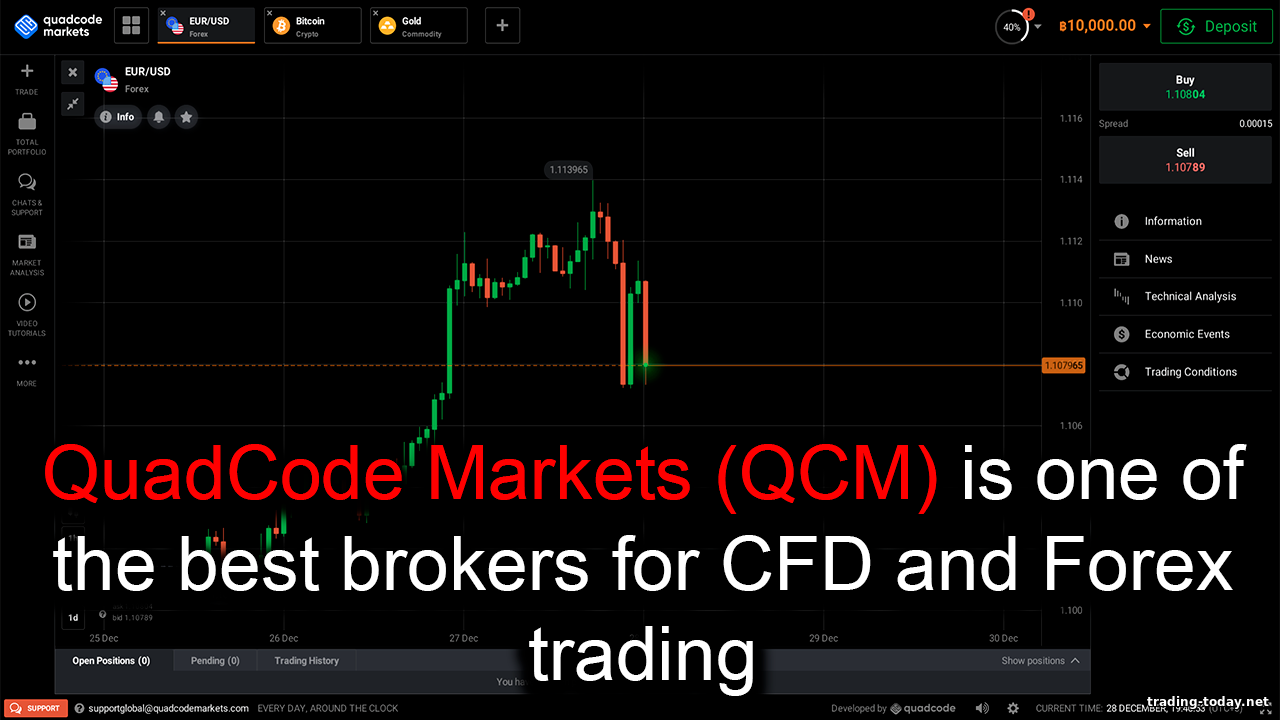
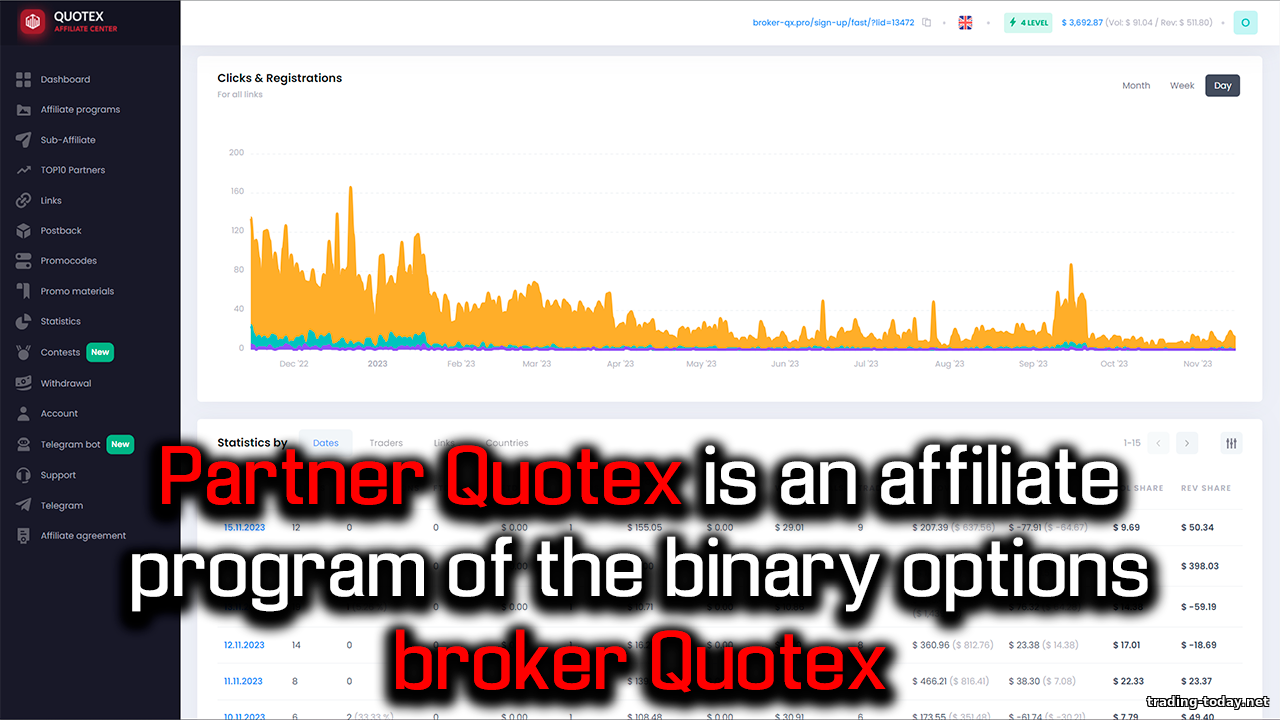
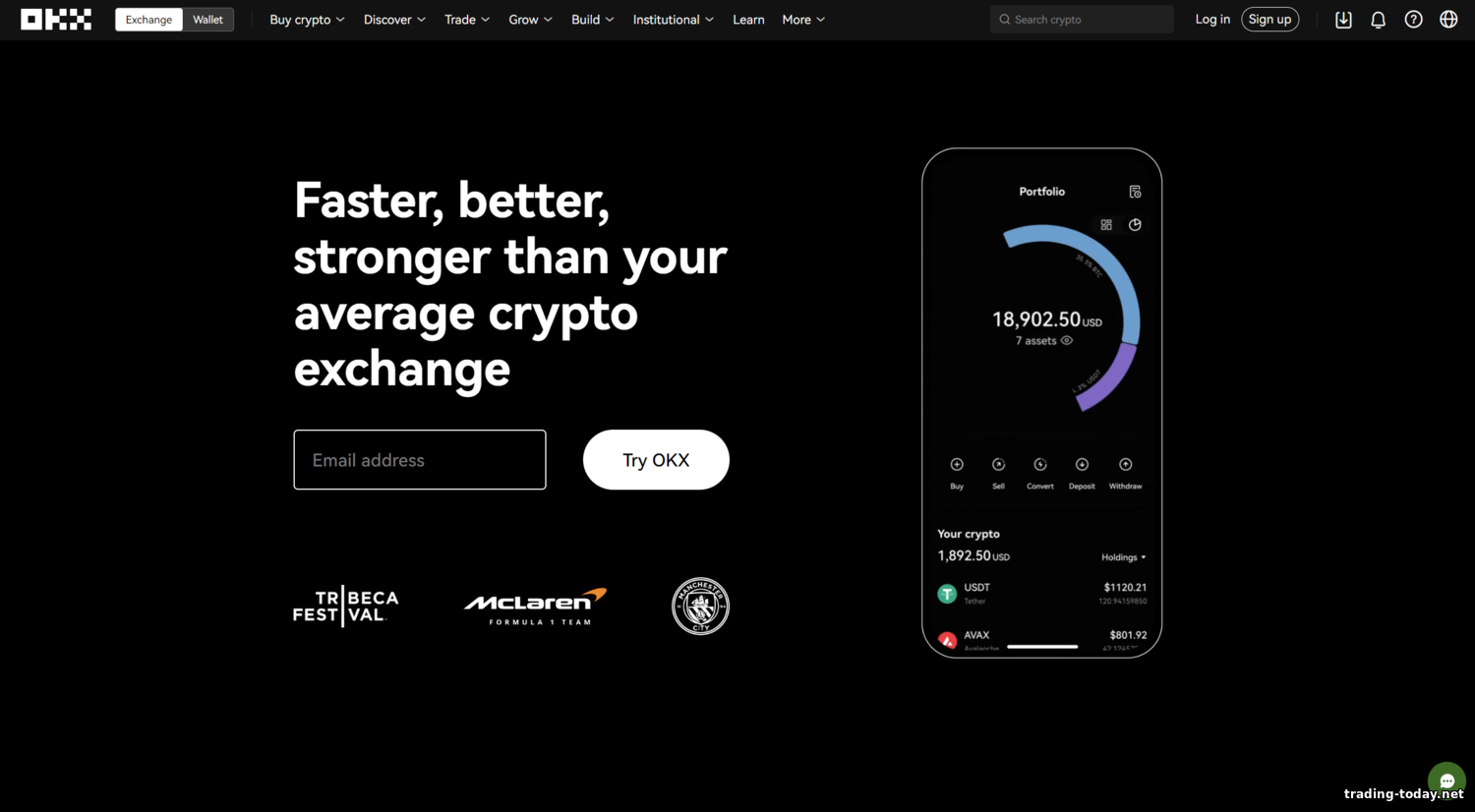
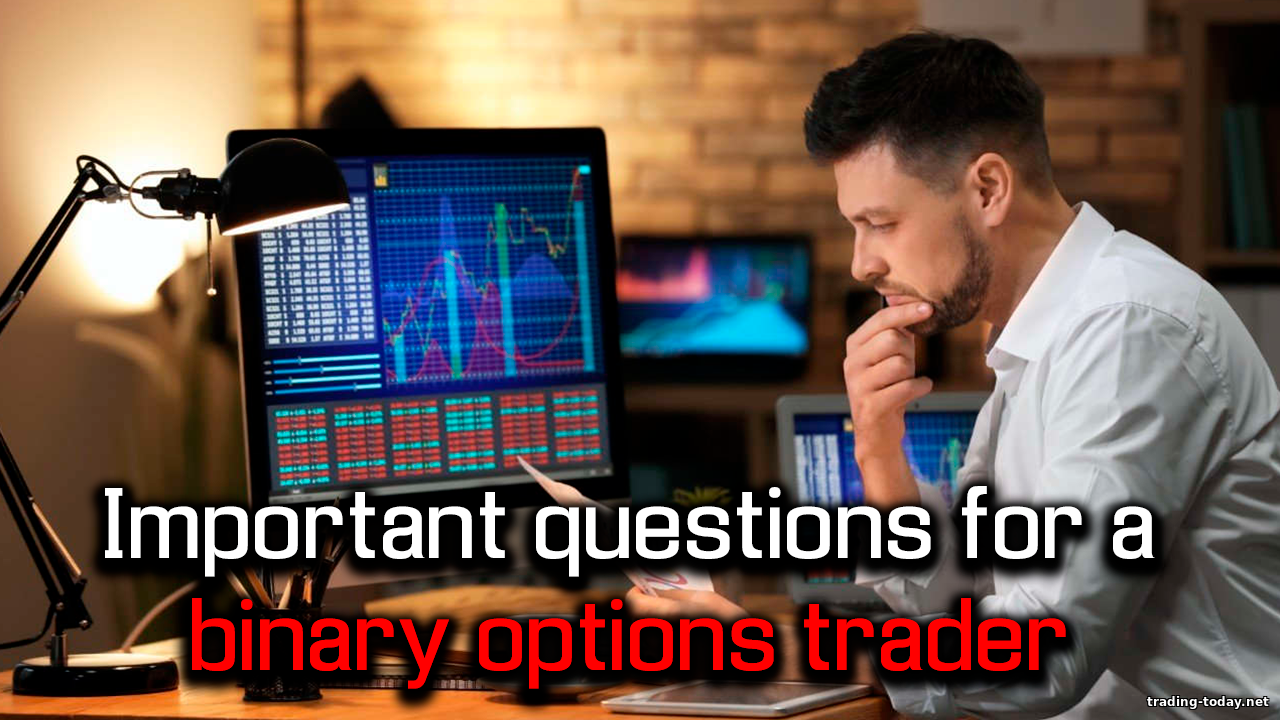

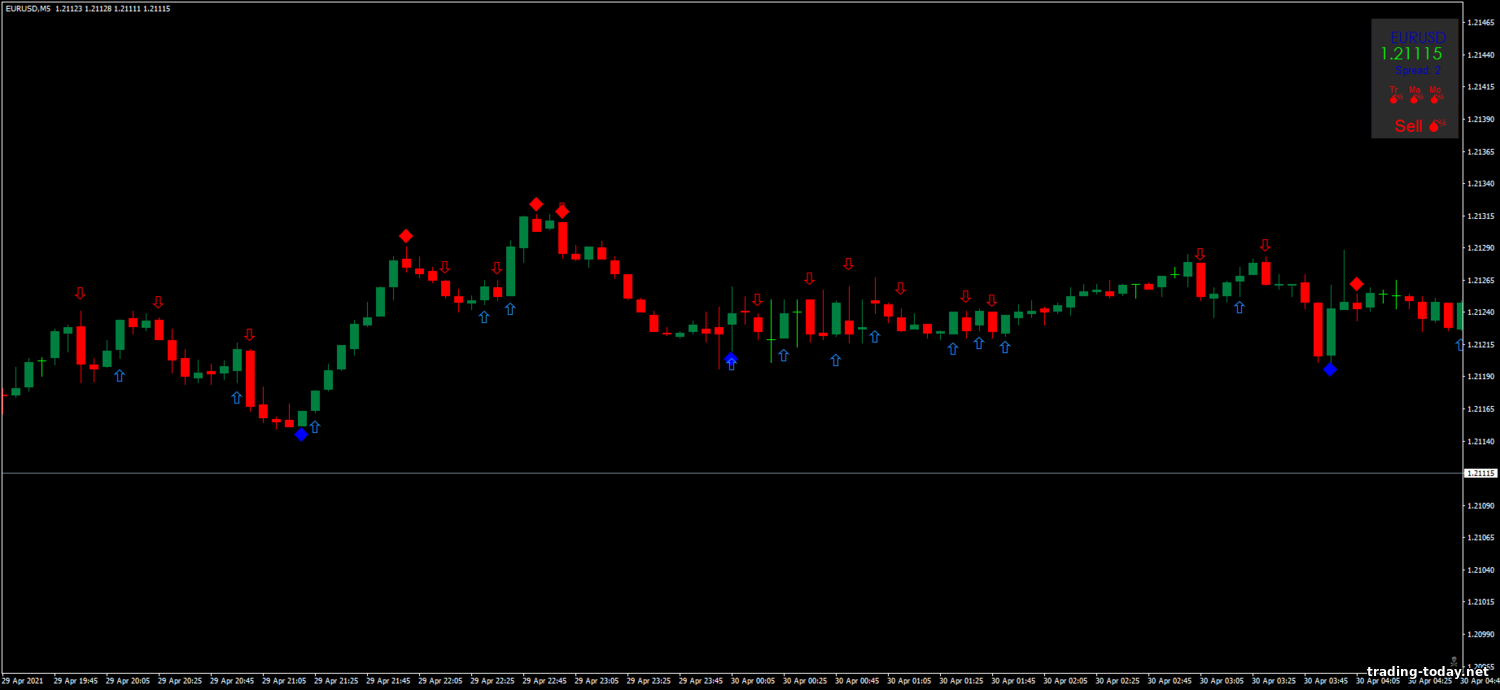
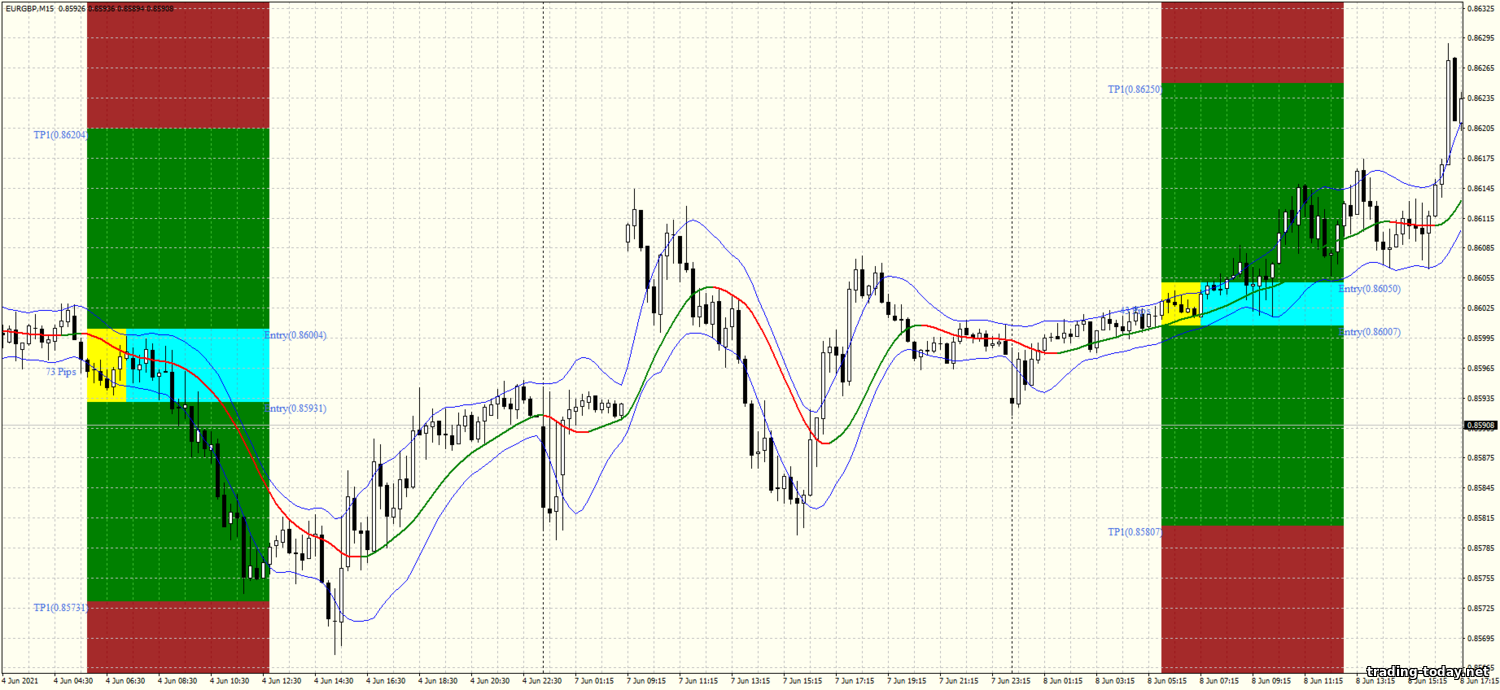
Reviews and comments